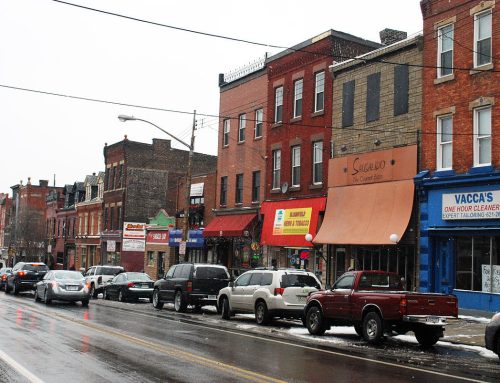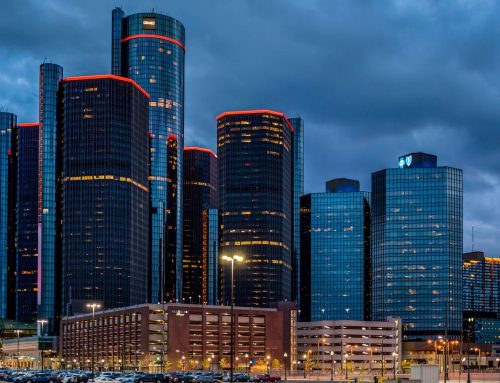By D.A. Lockhart
Know that Creator caresses this land
around us with each sun rise, and rivers
move against these eroded contours,
glide between the worlds we construct
out of fancy for the things we need
to be and the gifts bestowed upon us.
These waters before us emerged
from a Randolph County farm field,
draw in suburban silt, rural wastewater,
urban detritus, dance in the warm
runoff of a persistent heartland sun.
Where the white sand river meets
unsteady shore Doc Ward received
the Walum Olum, sold it to a nascent
colonial nation that knew only rumors
of yakweha battles, the gifts of crows,
how creation comes into being through
the sacrifices of muskrats. Listen here,
in the murmur of perpetual water motion,
to how prophets sing the world back
from the cataclysms of shaking earth—
meteors returning to land, midday all-
encompassing darkness. Our Indiana
home is built upon the scaffolding
of a hundred thousand stories, each true,
each spun by calloused, wood-turning
hands, each carried through a multitude
of individual migrations, concludes
in naming a portion of creation home. ■
*Opèksipu is the Lenape name for the White River, which runs through central Indiana.
 This story was produced in partnership with Indiana Humanities’ INseparable project. Read more stories in the series here.
This story was produced in partnership with Indiana Humanities’ INseparable project. Read more stories in the series here.
D.A. Lockhart is the author of The Gravel Lot that was Montana (Mansfield Press, 2018), This City at the Crossroads (Black Moss Press, 2017), and Big Medicine comes to Erie (Black Moss Press, 2016). He is a citizen of the Moravian of the Thames First Nation, is a turtle clan of the Lunaapeew, and currently resides at Waawiiyaatanong, on the south shore of the Detroit River.
Cover image: Serge Melki via Flickr. (CC BY 2.0)
Belt Magazine is a 501(c)(3) nonprofit organization. To support more independent writing and journalism made by and for the Rust Belt and greater Midwest, make a donation to Belt Magazine, or become a member starting at $5 per month.






